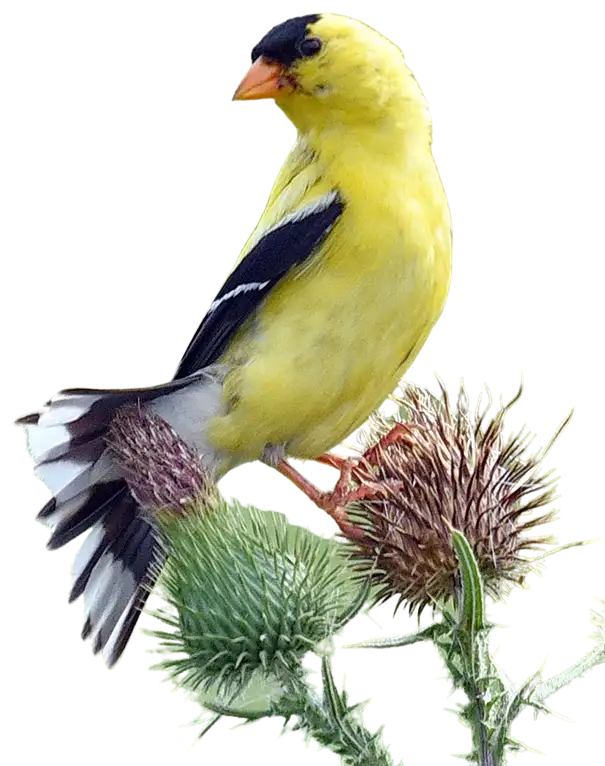Duck Stamps and Our Local Refuges
By Jim Ochterski
If you are a birder in the Genesee Valley, it is a good bet that Duck Stamps have given you some of the most memorable birding experiences you ever had in the region. They have for me. My first Black Tern, my first eruption of a cloud of Snow Geese, and my first close-up encounter with the difference between the sloping beak of a Redhead and a Canvasback all occurred at either Iroquois or Montezuma National Wildlife Refuges.
Fact: Nearly all the money used to create Iroquois and Montezuma National Wildlife Refuges came from the sale of Duck Stamps (technically known as Federal Migratory Bird Hunting and Conservation Stamps). At the time the refuges were established, the Duck Stamp program was relatively new, and the money came straight from the pockets of American hunters (mostly) to buy these revenue stamps. According to the Fish and Wildlife Service, more than 99% of the land at Iroquois NWR was acquired with funds from the Migratory Bird Conservation Fund. Montezuma checks in at more than 87% purchased using the same pool of hunter-supplied funds.
These days, The Migratory Bird Conservation Fund does not tend to make budget headlines. Yet it is one of the small wonders of the federal budget. The fund is a unique treasury account, created by the Migratory Bird Hunting Stamp Act of 1934, and funded for decades substantially by the sale of Duck Stamps. Remarkably, 98 cents out of every revenue dollar from the sale of Duck Stamps goes directly to acquire wetland habitat. Yet the Migratory Bird Conservation Fund is only $63 million in 2013 (less than the Orleans County budget), and now is partially funded by import duties from arms and ammunition.
For many of us, the appeal of Duck Stamps is not found in the revenues or refuges associated with them. It is the waterfowl art that draws the eye and brings out the elaborate attractiveness of commonly-seen ducks and geese. The stamps come in stamp-size, of course, and now also posters, baseball caps, glassware, clocks, dishes, and many other merchandise items. Since 1949, Duck Stamp artwork has been selected in a judged-entry format – the only legally-required art competition allowed in federal law. Artists are welcomed to submit their works, and are expected to adhere to stringent standards for typography, originality, composition, and simplicity.
Adult waterfowl hunters are required to purchase Duck Stamps for their licenses. Fortunately, anyone can purchase a Duck Stamp. The stamps are also currency, allowing the owner a “season pass” to national wildlife refuges that normally charge entrance fees. Although the stamp once cost just $1.00, the cost of developing refuges and related structures have recently pushed Congress to authorize the most expensive Duck Stamp ever: $25.00 per stamp starting next season. This fee will likely hold for a number of years to come.
You can buy the current $15.00 2012 – 2013 Duck Stamp next time you are at the post office, or at the online Postal Store. It depicts a single male Wood Duck, floating in front of some old cattails. Like its preceding artistic stamps, this one provides a lot of avian aesthetic delight, and the satisfaction of helping create more public waterfowl habitat for coming generations.
For more information and to view the many years of conservation artistry, visit the US Fish and Wildlife Service website: http://www.fws.gov/duckstamps




